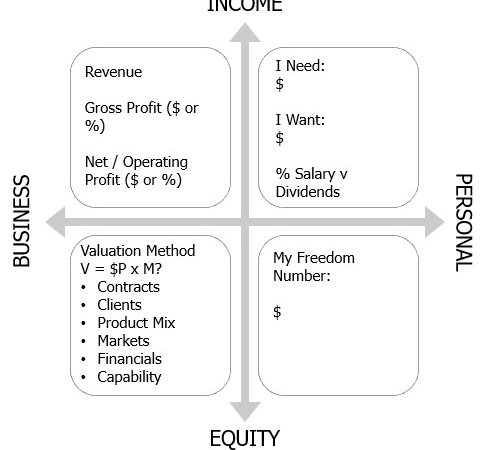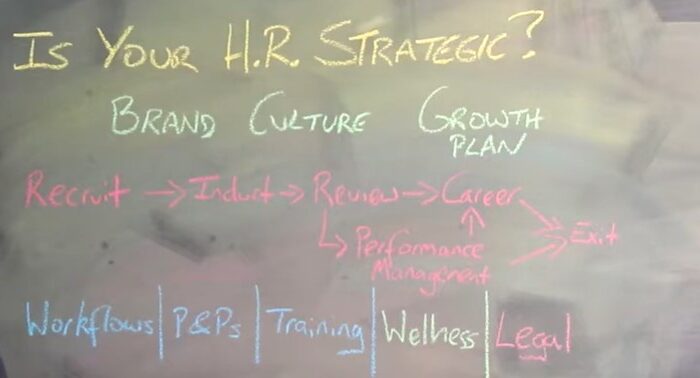Hiring Your First Team Member. In Blackboard Fridays Episode 38, Jacob talks about Growth Planning. Need this implemented into your business? Talk to the international business advisor who can do exactly that – Contact Jacob, Learn More, or Subscribe for Updates.
Who is Jacob Aldridge, Business Coach?
“The smart and quirky advisor who gets sh!t done in business.” Back independent since 2019.
Since April 2006, I’ve been an international business advisor providing bespoke solutions for privately-owned businesses with 12-96 employees.
At this stage you have proven your business model, but you’re struggling to turn aspirations into day-to-day reality. You are still responsible for all 28 areas of your business, but you don’t have the time or budget to hire 28 different experts.
You need 1 person you can trust who can show you how everything in your business is connected, and which areas to prioritise first.
That’s me.
Learn more here. Or Let’s chat.
Transcript
At Blackboard Fridays, we recently received this question. When do I know it’s time to hire my first team member and how do I go about doing it?
Now I’m going to answer that question with a little bit of detail, but the answer is this. You must hire your first team member when you must hire your first team member. Ultimately you will only be ready to make that decision when it’s very clear to you that there is no other decision possible.
Now what that looks like, and we jump into some of the numbers in the capacity engine, what that calculates out, it is going to differ wildly for different people. It’s a big confidence, courage decision that you’ve got to make as a business owner to make that investment.
If you’re not ready for it, the things you can do to work on that, when you are ready for it, you won’t even need to ask that question you’ll just go and do it, but I hope this helps. So, what’s the process for hiring that team and what are some of that thinking based considerations we need to consider?
Well, here’s the process. You’ll remember the capacity engine. We take all the elements of your business, in this case, just you and we work out what is a hundred percent capacity. What’s the maximum amount of revenue that we can realistically generate in this business at it is today? Now based on that hundred percent, you’re going to get an idea of what your current utilization ratings. What percentage of that are you actually achieving?
For most first-time business owners who are looking to hire that first team member, it’s normally once they start to get full on a regular basis that they start to think about making the jump that they decide is not much more they can do to be better individually, they need to be bigger as a business and they need to do that by recruiting.
So, the first question I ask is what’s the size of your second engine? You know where you are today, how bigger you’re going to get because of this decision to be bigger. When it comes to hiring the first team member, this is largely a choice between hiring another experienced professional in your industry versus hiring an apprentice or a less experienced person than you need to train up.
Now the challenges with recruiting apprentices, and if something I see with a lot of trade-based businesses, if the plumber or a Sparkie or a chippy who flat chat with work, they hire an apprentice to release the load and instead find that they’ve got to look after and look over this kid’s shoulders constantly because they’re training them.
It’s what that apprentice needs are that training, and then just two three four years into that journey when the apprentice is becoming experienced enough to be left alone, what do they do? They go out on their own and leave you in the lurch again, shrink your capacity engine back to just you.
That’s one of the risks with recruiting a junior team member as your first recruit is they won’t give you the leverage you probably need and when they eventually do, they may go and do it all on their own and leave you back where you started with.
So, think about whether instead of getting a junior person, because they’re cheap, you might get a better return by getting a more experienced person who can go out there and deliver work from day one or day two because that will be a much bigger engine for you to grow into.
Again, if you’re getting that more experienced person, you may need to watch our videos on business partnerships some of the key questions you want a lot to get all those expectations clear.
You may discover in doing these numbers but going from one person to two people isn’t sufficient for giving you an increased profit. You need to get two for people to really form a coherent boutique business team. It’s not uncommon to see business owners who are making more money at one, than they do at two or three people.
They get to attainment for where they can lead, they can do the sales some of the more strategical high-value work, they’ve got to good operators underneath them, they’re billing out, and then they’ve got a bit of an administrative customer service resource that’s another sweet spot.
So, you may need to go from one to four quickly to make it worth your while instead of just going from one to two. So how do you know when you’re ready to make that jump?
For some business owners, their vision really compels them to build the team quickly. They get to forty fifty percent utilization themselves, and they decide that that’s enough. They’re confident with their capability, that marketing and sales activity, the revenue that they’ve got forecast and coming in that gives them the confidence to jump early.
Others want to run this to nineteen ninety-five a hundred percent, work yourself out flash at, build a little bit of a war chest of cash to make it as easy as possible to make that transition without stressing at you or your banker.
I’ve seen some business owners who want six months of cash sitting there before they hire that next person. Now that’s too conservative for mine, that’s not taking in some of the risks you need to as a business owner but it’s what makes you feel comfortable to make that decision.
So, when is it the right time to hire a new person, depends a little bit on how you want to feel leading up to and immediately after you’ve made that jump.
The final element of recruiting that new team member to your business is thinking beyond just that recruitment. Now, when you’re being very busy, you’re very efficient yourself, you don’t need to be better.
You need to be thinking, you need to hire that person and that’s all you can see is how bringing that person on is going to help you how to help relieve some of the capacity and to help grow the business. You also need to be thinking that next step ahead.
Once they’re on board, and I shift back to being better, what do I need to do to reduce anyways to make them as efficient as possible as quickly as possible?
The two most common things I see as that decision training that new person, either in expertise in your industry or just the systems and processes for your business so they don’t need to keep interrupting you, and the sales and marketing operations that you need to do for your business.
So, building up that sales forecast and possibly even sitting there with clients and saying I can’t work with you now but in three months I will have a new team member and will work with you together helps give you the confidence again to make that jump and make sure that it’s not inefficient, that your utilization rate in the bigger engine starts to increase from day one. That’s the best way to give you the confidence that you made the right decision when it does come time to hire your second, third, four, hundred team member. Good luck.
Next Steps
Want to learn more about how this can apply to your business? It costs nothing to chat:
- Email me jacob@jacobaldridge.com (I read them all)
- Call, Text, or WhatsApp me +61 427 151 181
- Or just Subscribe https://jacobaldridge.com/about/subscribe-to-jacob-aldridge-com/ to stay in touch




